

As an addition:
Since 2018, evidence of forced labour of Uyghur and other Turkic and Muslim majority peoples has emerged in the Xinjiang Uyghur Autonomous Region (Uyghur Region). […] Forced labour imposed by private actors is also reported, in addition to forced marriage and organ trafficking, with vulnerability primarily driven by discriminatory government practices. While China demonstrated some efforts to tackle modern slavery through sustained coordination at the national and regional levels – including by adopting a new national action plan for 2021 to 2030[…] – its overall response is critically undermined by the use of state-imposed forced labour.
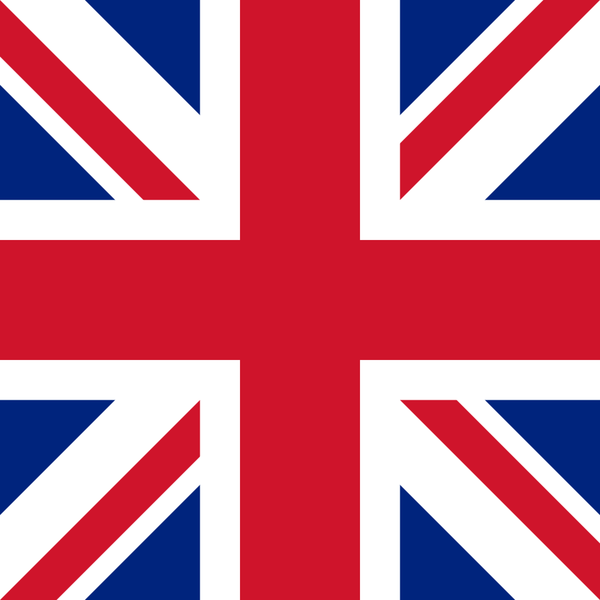








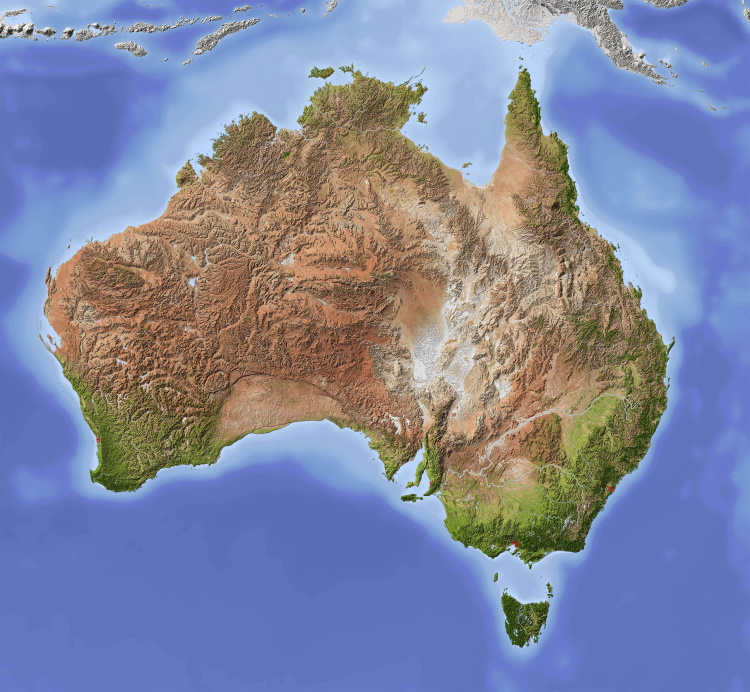
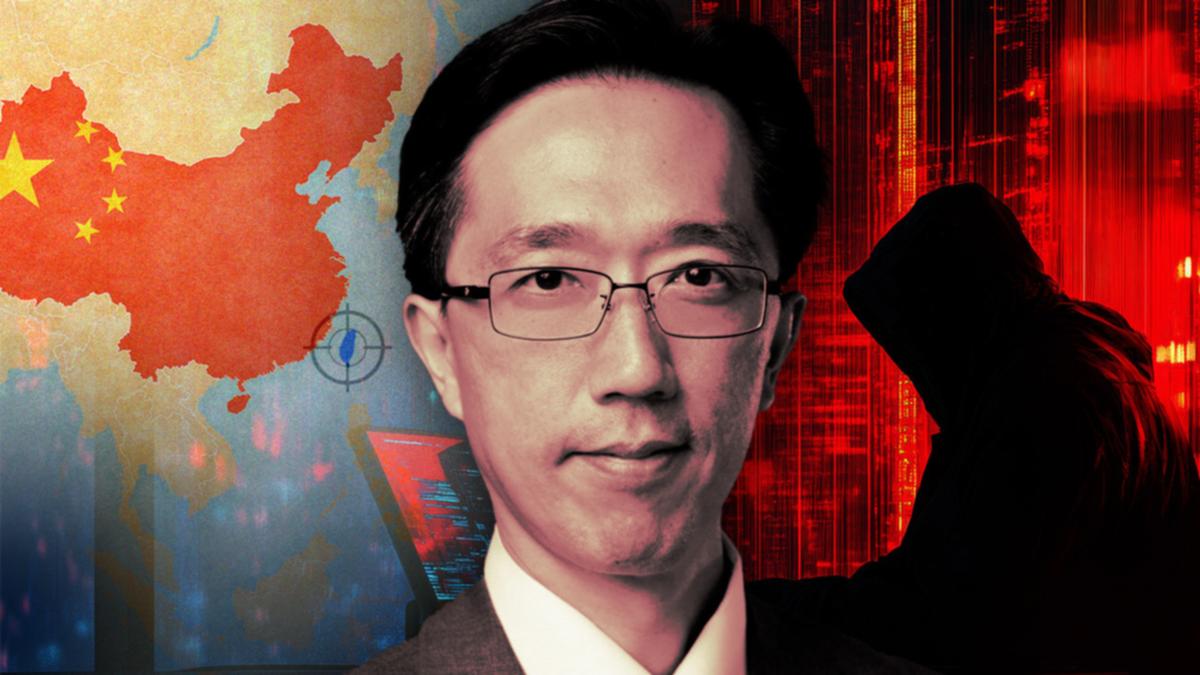

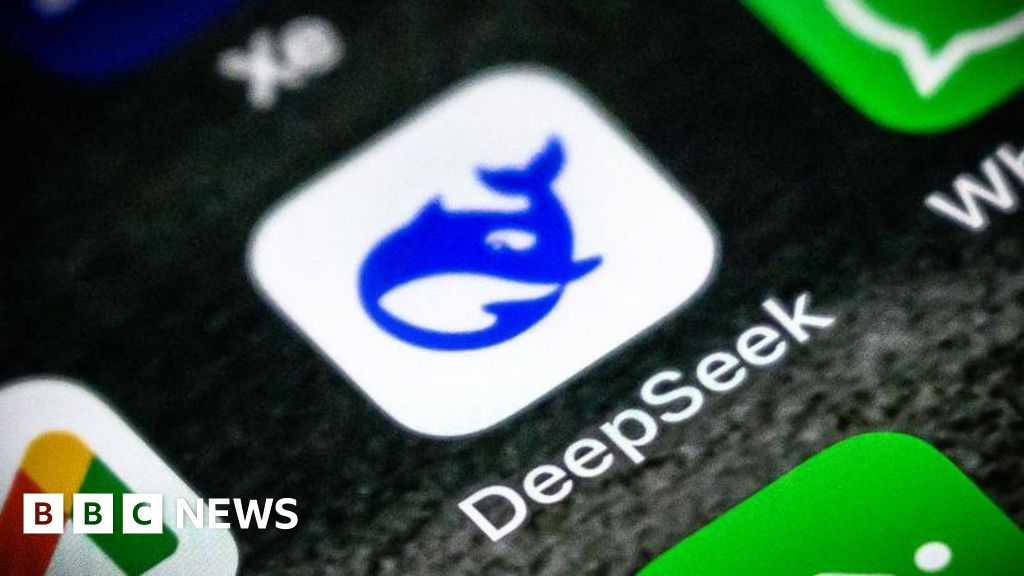
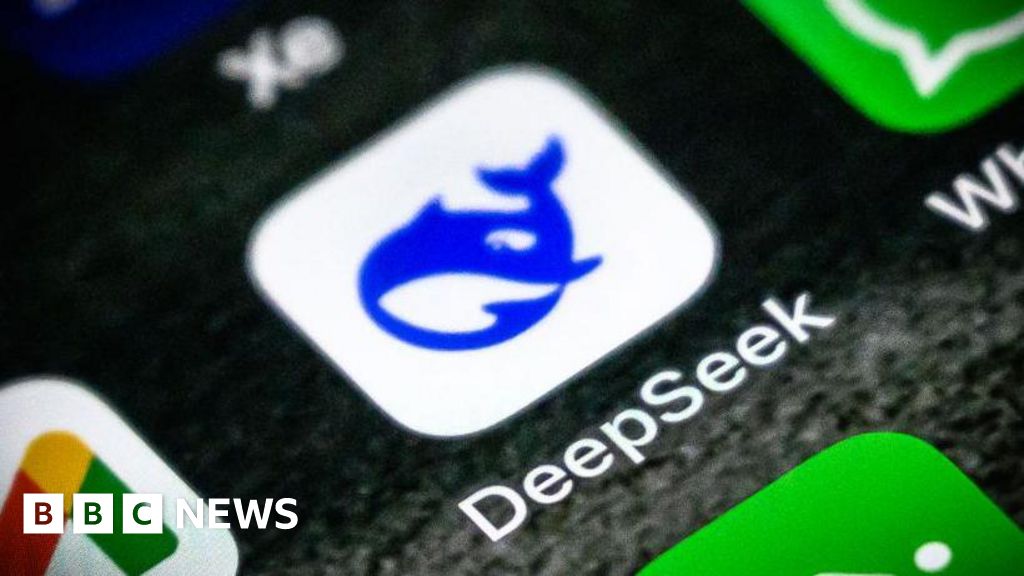


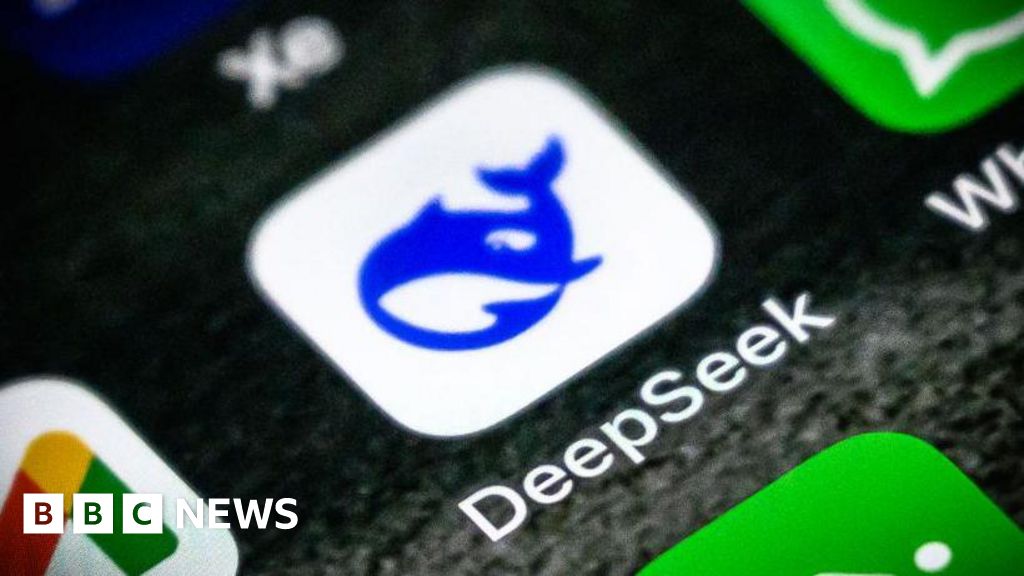



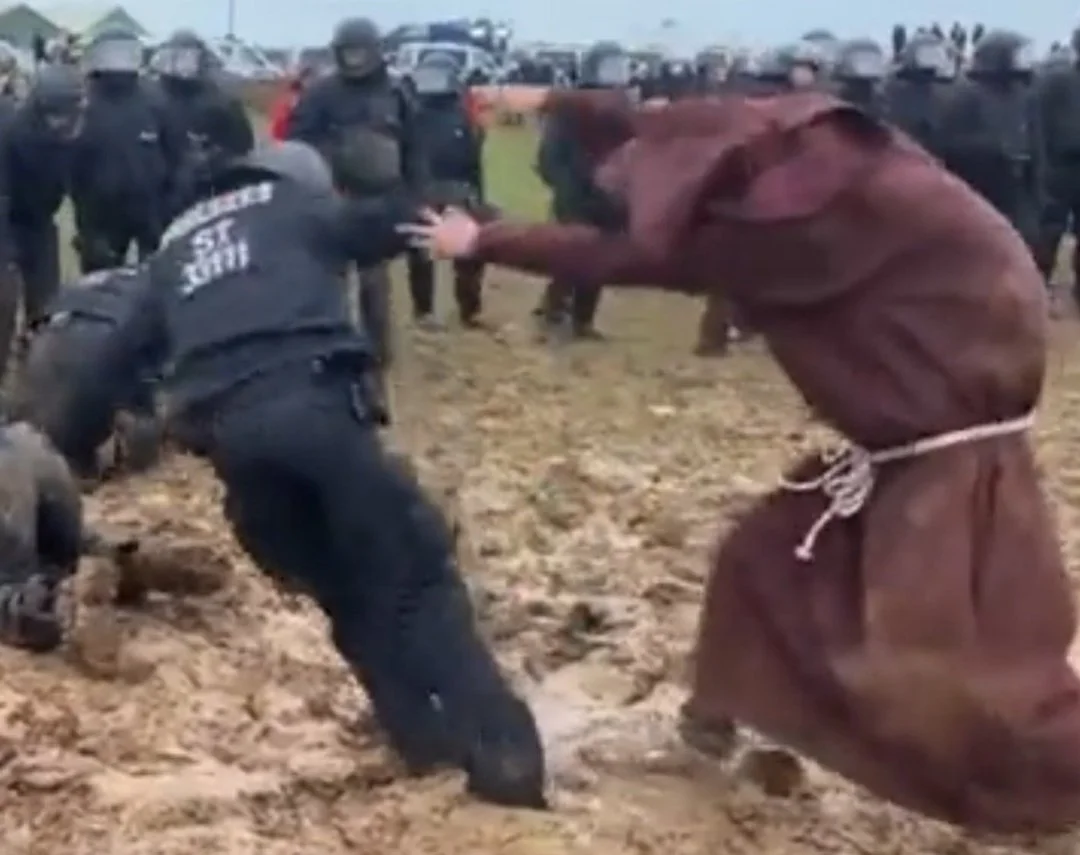

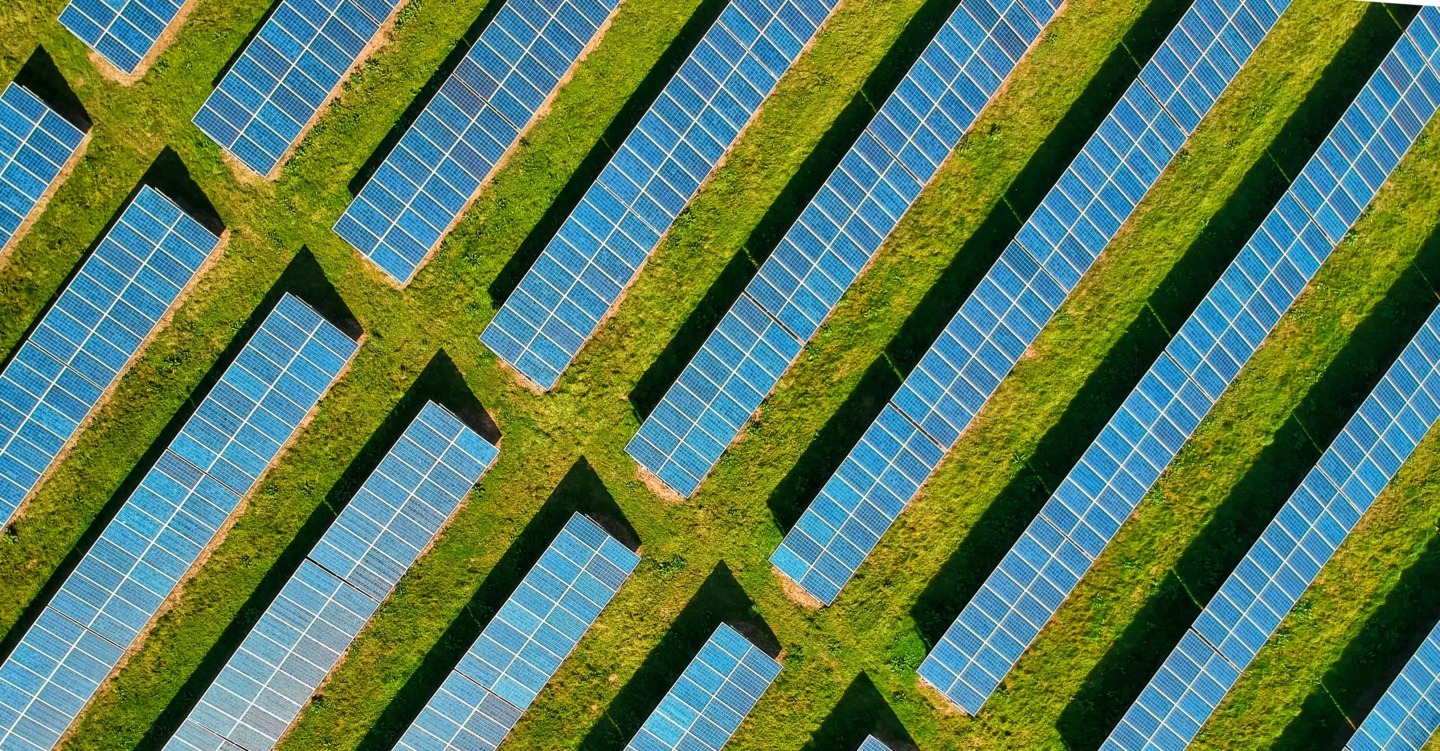


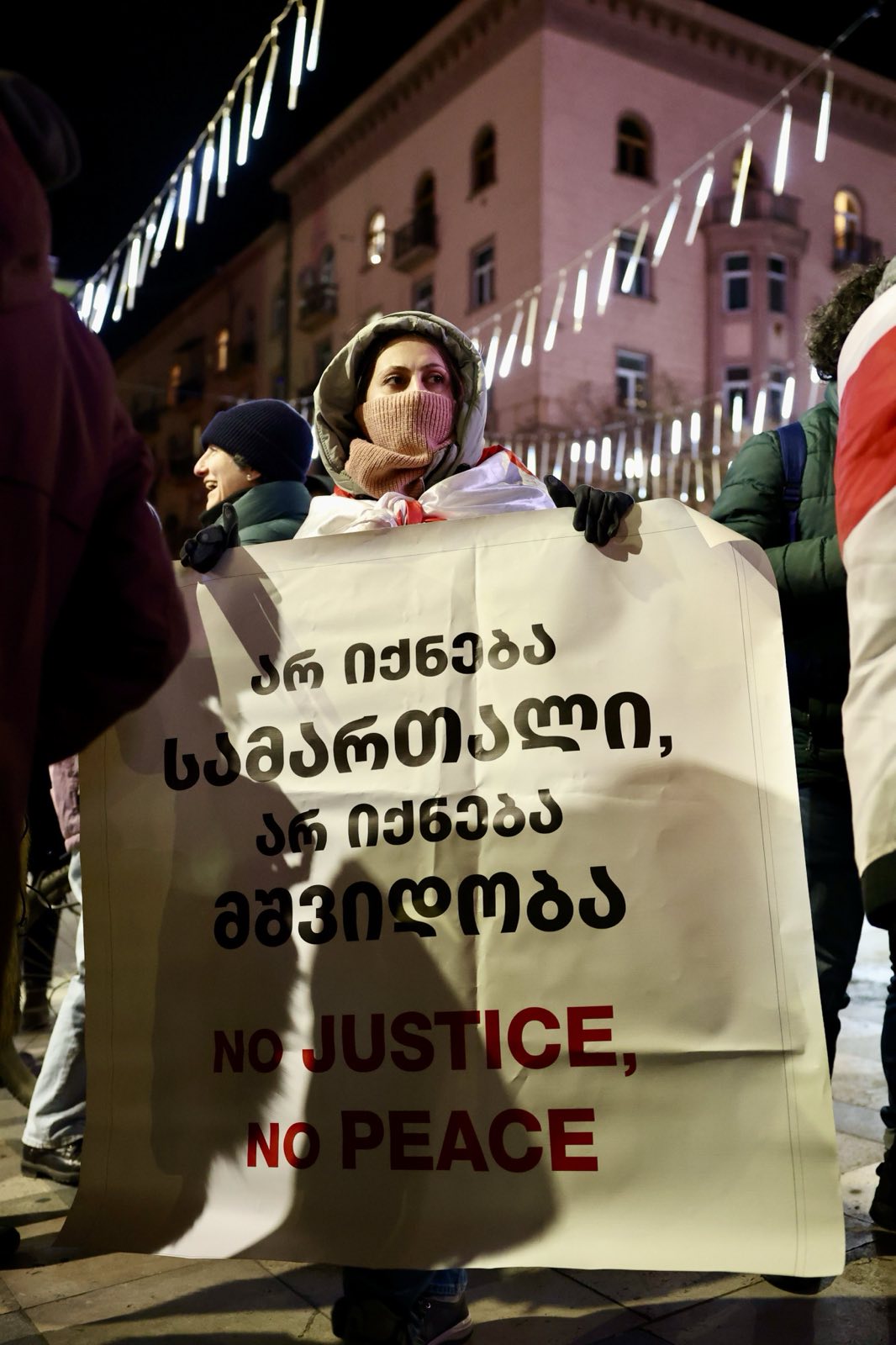
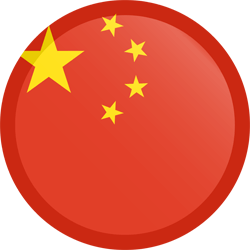
As an addition:
Modern slavery in China